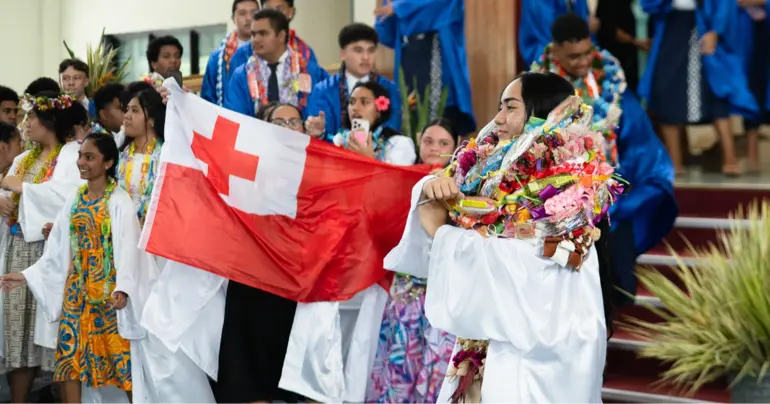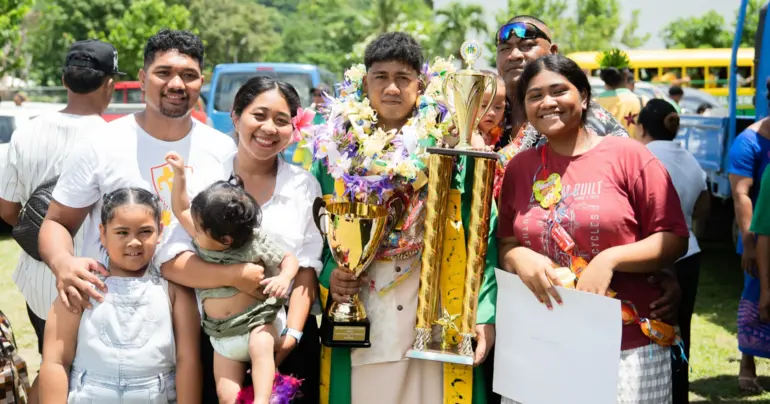Fighting the Merremia at Samoa's oldest park
Restoration work at the oldest national park in the Pacific, O le Pupu Pue (OLPP) National Park is underway as efforts are being made to remove the invasive Merremia plant.
The vine has taken over 10 per cent of the total area of the park which is calculated to be 240 hectares. Samoa Conservation Society is working with the Ministry of Natural Resources and Environment (M.N.R.E.) to restore parts of the park that have been overwhelmed by the invasive vine.
The OLPP National Park was established in Samoa in 1978. This is an ongoing effort and collaboration since 2016 has enabled progress and looks to continue further in the future. The vine is an invasive species within the Pacific region invading both dry lowland and mesic inland natural communities.
This plant smothers and strangles other vegetation. According to the Invasive Species Database, the vine has been in the Pacific region for hundreds of years but has only become invasive in the years following the tropical cyclones Ofa (1990) and Val (1991).
Nonetheless, S.C.S. President James Atherton is rather elated that their combined efforts have resulted in the healthy growth of forestry.
“We do about three to four hectares a year, it’s going to take a while but eventually it will succeed,” he said. “Our approach to restoration is to plant native trees at close spacing-after two years the tree crowns emerge shading out the invasive weeds from underneath, reducing the intensity of further weeding required.”
The U.S. Forest Service-funded PIFRI projects started in February 2021 and were completed a year later in February 2022. The S.C.S. staff continue to monitor and carry out maintenance together with the M.N.R.E. Forestry Division staff every six months.
“Most of the problem plants are introduced because they are in a new environment and they don’t have a natural predator,” Mr. Atherton said. “They get released particularly in areas where there is cyclone damage from the last 30 years affecting the Southside of Upolu and a large part of Savaii which has allowed this plant to spread more than it would have in the past.
“This is what we call an ecological disclimax, it stops the normal recovery of the forest, especially after a cyclone, it becomes so dominant that it makes it very hard for recovery. We can intervene at this stage through physical labour with bush knives and plant native trees in its place immediately.”
According to Mr. Atherton, the traditional way of restoration is by planting very close together, about two meters apart, using native trees which grow very fast and are food for wildlife like pigeons.
The S.C.S. and their community partners, with the support of the M.N.R.E. Forestry Division, and the R.S.E. Falealili have planted around 30,000 trees at O.L.P.P. since 2016. The planting of trees not only helps with removing invasive species but also links to carbon offsets. These efforts go into making sure Samoa’s natural environment is able to grow healthy and well.











